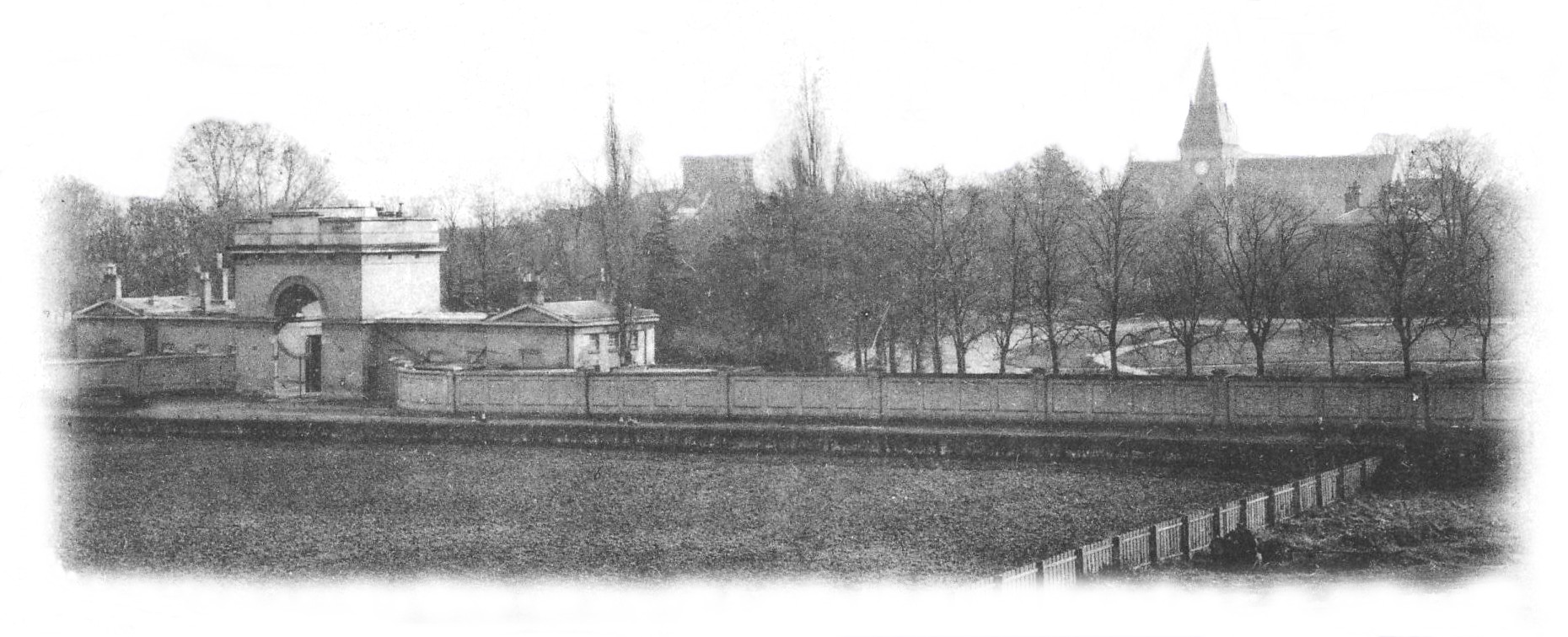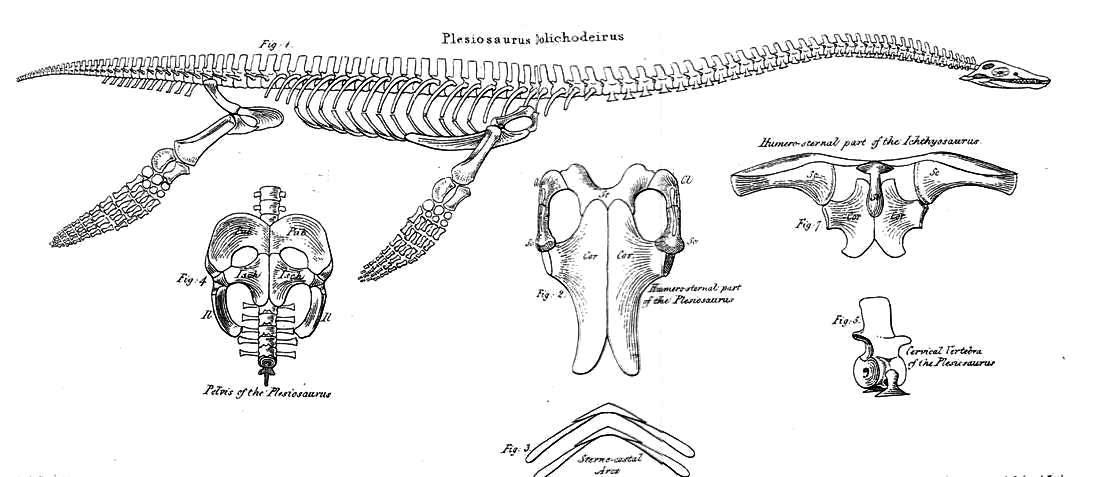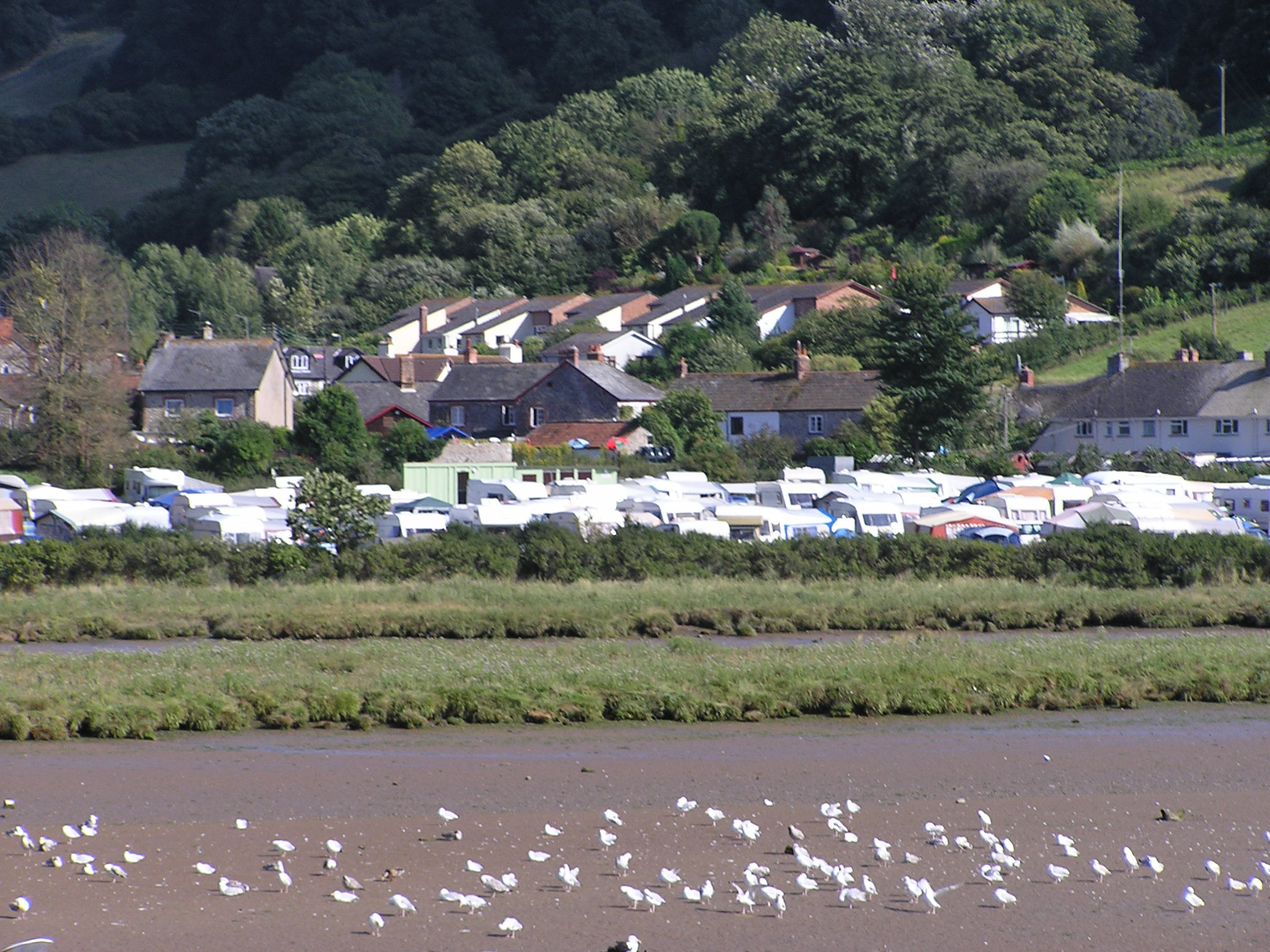|
1839 In Science
The year 1839 in science and technology involved some significant events, listed below. Astronomy * January – The first parallax measurement of the distance to Alpha Centauri is published by Thomas Henderson. * January 2 – The first photograph of the Moon is taken by Louis Daguerre. Biology * January 29 – English naturalist Charles Darwin marries his cousin Emma Wedgwood. * Theodor Schwann proposes that all living matter is made up of cells. * The beetle subfamily Oxyporinae is discovered by Wilhelm Ferdinand Erichson. Chemistry * Carl Mosander discovers lanthanum. Exploration * May 1 – Start of Eyre's expeditions to the interior of South Australia. * September 19 – James Clark Ross sets off on the first scientific expedition to survey Antarctica. * Publication of Charles Darwin's '' Journal of Researches into the Geology and Natural History of the Various Countries Visited by H.M.S. Beagle under the Command of Captain FitzRoy, R.N., from 1832 to 1839''. Geology * ... [...More Info...] [...Related Items...] OR: [Wikipedia] [Google] [Baidu] |
Science
Science is a systematic endeavor that builds and organizes knowledge in the form of testable explanations and predictions about the universe. Science may be as old as the human species, and some of the earliest archeological evidence for scientific reasoning is tens of thousands of years old. The earliest written records in the history of science come from Ancient Egypt and Mesopotamia in around 3000 to 1200 BCE. Their contributions to mathematics, astronomy, and medicine entered and shaped Greek natural philosophy of classical antiquity, whereby formal attempts were made to provide explanations of events in the physical world based on natural causes. After the fall of the Western Roman Empire, knowledge of Greek conceptions of the world deteriorated in Western Europe during the early centuries (400 to 1000 CE) of the Middle Ages, but was preserved in the Muslim world during the Islamic Golden Age and later by the efforts of Byzantine Greek scholars who brought Greek ... [...More Info...] [...Related Items...] OR: [Wikipedia] [Google] [Baidu] |
Eyre's 1839 Expeditions
Edward John Eyre made two expeditions into the interior of South Australia in 1839. At the time nobody had been any further than the head of Spencer Gulf. The first expedition, in May, set out from Adelaide. It is not exactly clear how far north he reached before turning back, but somewhere in the Flinders Ranges. The second expedition, in August, sailed to Port Lincoln, and struck out west following the coast to Streaky Bay. Forced back again by inhospitable conditions, he went east and then further north than the previous attempt, eventually finding the lake that is now called Lake Torrens. Eyre made a third trip north in June 1840, this time reaching what is now known as Lake Eyre. A Edward Eyre, fourth trip began in February 1841, this time determined to reach Western Australia. The trek began at Fowlers Bay and reached Albany, Western Australia, Albany in July, a trip of 1600 km (1000 miles). North Having made a tidy profit of several thousand pounds from his second ove ... [...More Info...] [...Related Items...] OR: [Wikipedia] [Google] [Baidu] |
St Bernard's Hospital, Hanwell
St Bernard's Hospital, also known as Hanwell Insane Asylum and the Hanwell Pauper and Lunatic Asylum, was an asylum built for the pauper insane, opening as the First Middlesex County Asylum in 1831. Some of the original buildings are now part of the headquarters for the West London Mental Health NHS Trust (WLMHT). Its first superintendent, Dr William Charles Ellis, was known in his lifetime for his pioneering work and his adherence to his "great principle of therapeutic employment". Sceptical contemporaries were amazed that such therapy speeded recovery at Hanwell. This greatly pleased the visiting Justices of the Peace as it reduced the long term cost of keeping each patient. Under the third superintendent John Conolly the institution became famous as the first large asylum to dispense with all mechanical restraints. The asylum is next to the village of Hanwell but parochially was in Southall (officially in the 1830s the northern precinct (chapelry) of Norwood). It is about 8 ... [...More Info...] [...Related Items...] OR: [Wikipedia] [Google] [Baidu] |
John Conolly
John Conolly (27 May 1794 – 5 March 1866) was an English psychiatrist. He published the volume ''Indications of Insanity'' in 1830. In 1839, he was appointed resident physician to the Middlesex County Asylum where he introduced the principle of non-restraint into the treatment of the insane, which led to non-restraint became accepted practice throughout England. With colleagues he founded the 'Provincial Medical and Surgical Association', and founded the 'British and Foreign Medical Review, or, A Quarterly Journal of Practical Medicine'. Life Conolly was born at Market Rasen, Lincolnshire, of an Irish family. He spent four years as a lieutenant in the Cambridgeshire Militia and lived for a year in France before embarking on a medical career. He graduated with an MD degree at University of Edinburgh in 1821. After practising at Lewes, Chichester and Stratford-on-Avon successively, he was appointed professor of the practice of medicine at University College, London, in 182 ... [...More Info...] [...Related Items...] OR: [Wikipedia] [Google] [Baidu] |
William Buckland
William Buckland Doctor of Divinity, DD, Royal Society, FRS (12 March 1784 – 14 August 1856) was an English theologian who became Dean of Westminster. He was also a geologist and paleontology, palaeontologist. Buckland wrote the first full account of a fossil dinosaur, which he named ''Megalosaurus''. His work proved that Kirkdale Cave in North Yorkshire had been a prehistoric hyena den, for which he was awarded the Copley Medal. It was praised as an example of how scientific analysis could reconstruct distant events. He pioneered the use of fossilised Feces, faeces in reconstructing ecosystems, coining the term coprolites. Buckland followed the Gap creationism, Gap Theory in interpreting the biblical account of ''Genesis'' as two widely separated episodes of creation. It had emerged as a way to reconcile the scriptural account with discoveries in geology suggesting the earth was very old. Early in his career Buckland believed he had found evidence of the Deluge myth, biblic ... [...More Info...] [...Related Items...] OR: [Wikipedia] [Google] [Baidu] |
William Daniel Conybeare
William Daniel Conybeare FRS (7 June 178712 August 1857), dean of Llandaff, was an English geologist, palaeontologist and clergyman. He is probably best known for his ground-breaking work on fossils and excavation in the 1820s, including important papers for the Geological Society of London on ichthyosaur anatomy and the first published scientific description of a plesiosaur. Life and career Childhood and education He was a grandson of John Conybeare, bishop of Bristol (1692–1755), a notable preacher and divine, and son of Dr William Conybeare, rector of St Botolph-without-Bishopsgate. Born in London, he was educated there at Westminster School, then went in 1805 to Christ Church, Oxford, where in 1808 he took his degree of BA, with a first in classics and second in mathematics, and proceeded to MA three years later. Early career Having entered holy orders he became in 1814 curate of Wardington, near Banbury, and he accepted also a lectureship at Brislington near Brist ... [...More Info...] [...Related Items...] OR: [Wikipedia] [Google] [Baidu] |
Axmouth To Lyme Regis Undercliff
The Axmouth to Lyme Regis Undercliffs, also often referred to in the singular as the Undercliff, is a long landscape feature, National Nature Reserve and Site of Special Scientific Interest that connects Seaton and Axmouth with Lyme Regis on the south-west coast of England. Like its namesake on the Isle of Wight, this feature arose as a result of landslips, where a slump of harder strata over softer clay gave rise to irregular landscapes of peaks, gullies and slipped blocks. Because of the resulting difficulty of access and change of land use, the undercliff has become densely vegetated, and has become a rare and unusual habitat for plants and birds.GCR Site: 800 Axmouth to Lyme Regis , South West Grid for Learning Trust From west ... [...More Info...] [...Related Items...] OR: [Wikipedia] [Google] [Baidu] |
Devon
Devon ( , historically known as Devonshire , ) is a ceremonial and non-metropolitan county in South West England. The most populous settlement in Devon is the city of Plymouth, followed by Devon's county town, the city of Exeter. Devon is a coastal county with cliffs and sandy beaches. Home to the largest open space in southern England, Dartmoor (), the county is predominately rural and has a relatively low population density for an English county. The county is bordered by Somerset to the north east, Dorset to the east, and Cornwall to the west. The county is split into the non-metropolitan districts of East Devon, Mid Devon, North Devon, South Hams, Teignbridge, Torridge, West Devon, Exeter, and the unitary authority areas of Plymouth, and Torbay. Combined as a ceremonial county, Devon's area is and its population is about 1.2 million. Devon derives its name from Dumnonia (the shift from ''m'' to ''v'' is a typical Celtic consonant shift). During the Briti ... [...More Info...] [...Related Items...] OR: [Wikipedia] [Google] [Baidu] |
Axmouth
Axmouth is a village, civil parish and former manor in the East Devon district of Devon, England, near the mouth of the River Axe. The village itself is about inland, on the east bank of the Axe estuary. The parish extends along the estuary to the sea, and a significant distance to the east. The village is near Seaton and Beer which are on the other side of the Axe estuary. According to the 2001 census the parish had a population of 493. History In the will of King Alfred the Great, a copy of which is in the British Library, Axmouth was left to his youngest son Aethelweard. According to Historic England, 'Axmouth was ranked as a major port by the mid-14th century and accounted for 15% of the country’s shipping trade'. The remains of a late medieval fishing boat can be seen at low tide in the River Axe, just south-west of the village. Historic estates Within the parish of Axmouth are various historic estates including: * Bindon, an ancient seat of the Wyke family, and ... [...More Info...] [...Related Items...] OR: [Wikipedia] [Google] [Baidu] |
Landslide
Landslides, also known as landslips, are several forms of mass wasting that may include a wide range of ground movements, such as rockfalls, deep-seated grade (slope), slope failures, mudflows, and debris flows. Landslides occur in a variety of environments, characterized by either steep or gentle slope gradients, from mountain ranges to coastal cliffs or even underwater, in which case they are called submarine landslides. Gravity is the primary driving force for a landslide to occur, but there are other factors affecting slope stability that produce specific conditions that make a slope prone to failure. In many cases, the landslide is triggered by a specific event (such as a heavy rainfall, an earthquake, a slope cut to build a road, and many others), although this is not always identifiable. Causes Landslides occur when the slope (or a portion of it) undergoes some processes that change its condition from stable to unstable. This is essentially due to a decrease in the She ... [...More Info...] [...Related Items...] OR: [Wikipedia] [Google] [Baidu] |
Roderick Murchison
Sir Roderick Impey Murchison, 1st Baronet, (19 February 1792 – 22 October 1871) was a Scotland, Scottish geologist who served as director-general of the British Geological Survey from 1855 until his death in 1871. He is noted for investigating and describing the Silurian, Devonian and Permian systems. Early life and work Murchison was born at Tarradale Castle, Tarradale House, Muir of Ord, Ross-shire, the son of Barbara and Kenneth Murchison. His wealthy father died in 1796, when Roderick was four years old, and he was sent to Durham School three years later, and then the Royal Military College, Great Marlow to be trained for the army. In 1808 he landed with Arthur Wellesley, 1st Duke of Wellington, Wellesley in Portugal, and was present at the actions of Battle of Roliça, Roliça and Battle of Vimeiro, Vimeiro in the Peninsular War as an ensign in the 36th (Herefordshire) Regiment of Foot, 36th Regt of Foot. Subsequently under Sir John Moore (British Army officer), John Mo ... [...More Info...] [...Related Items...] OR: [Wikipedia] [Google] [Baidu] |
The Voyage Of The Beagle
''The Voyage of the Beagle'' is the title most commonly given to the book written by Charles Darwin and published in 1839 as his ''Journal and Remarks'', bringing him considerable fame and respect. This was the third volume of ''The Narrative of the Voyages of H.M. Ships Adventure and Beagle'', the other volumes of which were written or edited by the commanders of the ships. ''Journal and Remarks'' covers Darwin's part in the second survey expedition of the ship HMS ''Beagle''. Due to the popularity of Darwin's account, the publisher reissued it later in 1839 as Darwin's ''Journal of Researches'', and the revised second edition published in 1845 used this title. A republication of the book in 1905 introduced the title ''The Voyage of the "Beagle"'', by which it is now best known. ''Beagle'' sailed from Plymouth Sound on 27 December 1831 under the command of Captain Robert FitzRoy. While the expedition was originally planned to last two years, it lasted almost five—''Beagle' ... [...More Info...] [...Related Items...] OR: [Wikipedia] [Google] [Baidu] |






